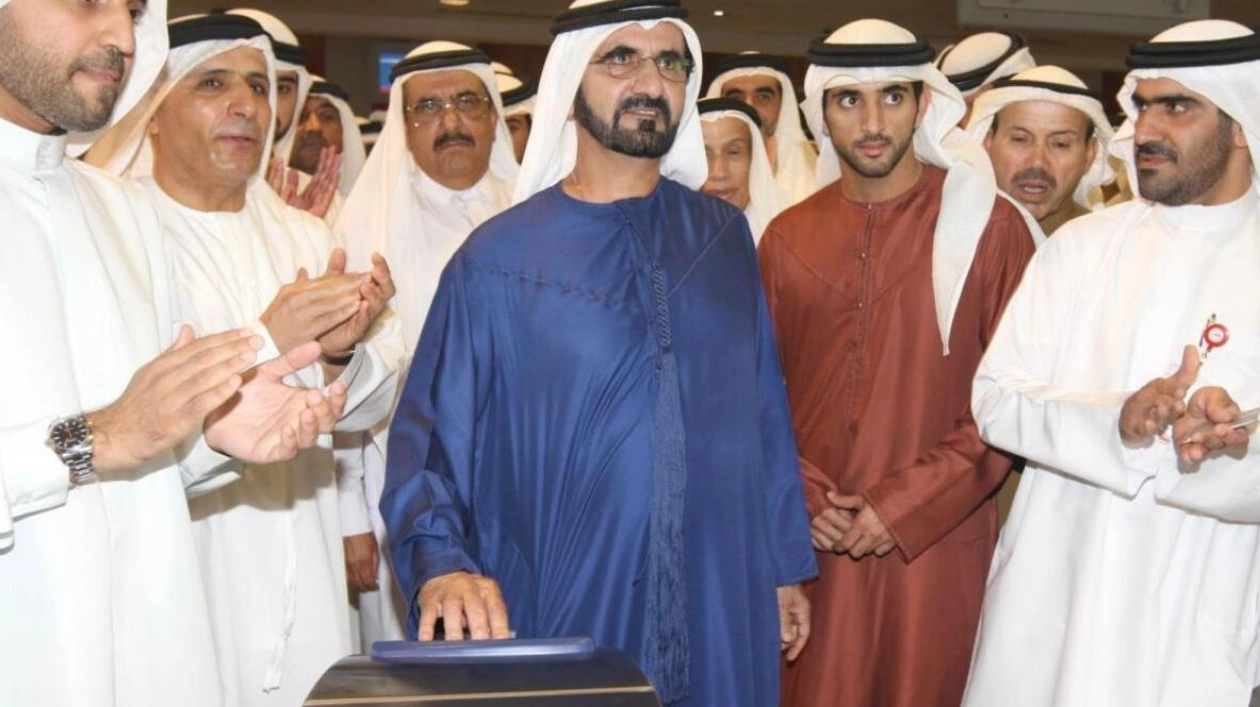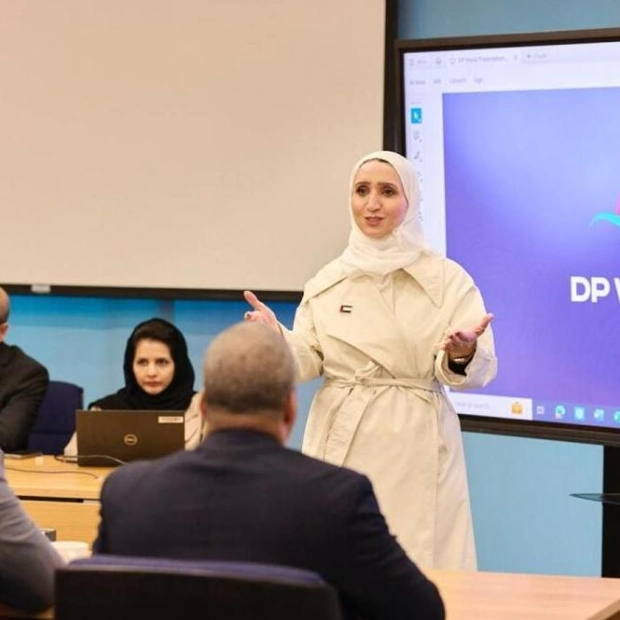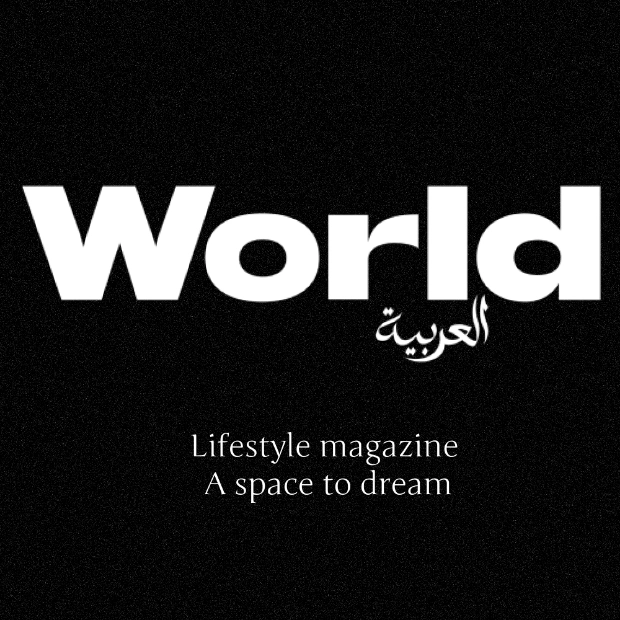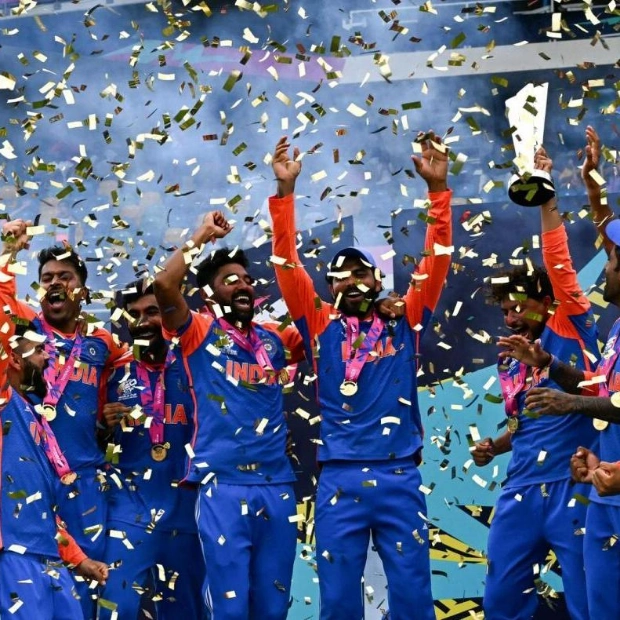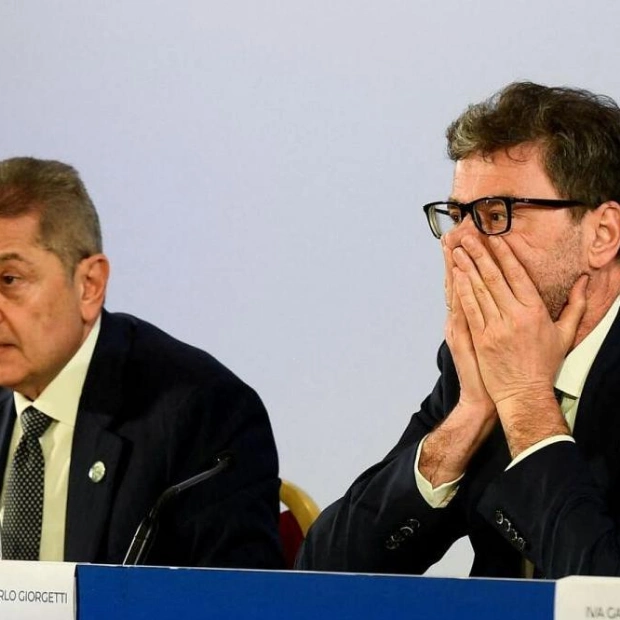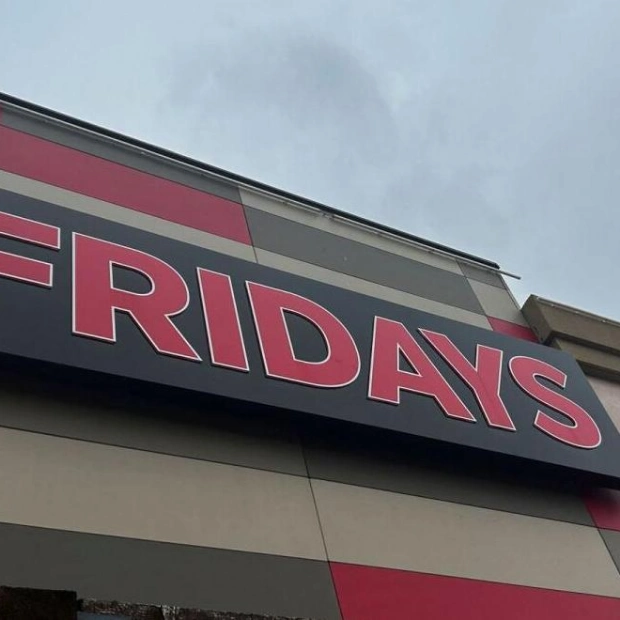Dubai Metro, the linchpin of the city’s public transport system, will celebrate its 15th anniversary on Monday, September 9. This significant milestone commemorates 15 years since the Ruler of Dubai launched the region's first and the world’s longest driverless metro rail network. On that momentous day, September 9, 2009, at exactly the 9th second of the 9th minute of 9pm, Sheikh Mohammed used the first Nol card to formally initiate Dubai Metro's operations.
The atmosphere was electric. As reported by Khaleej Times, a spectacular fireworks and laser show illuminated the sky as thousands gathered to witness this historic occasion. Sheikh Mohammed, along with senior government officials, dignitaries, VIPs, and journalists, embarked on the inaugural Metro journey from the Mall of the Emirates station to Rashidiya Station on the Red Line. Residents cheered, some motorists stopped to watch, and a wave of pride and satisfaction swept through the crowd as they observed the Metro’s first run, an event many believed would revolutionize both the city’s lifestyle and landscape.
At 9.11pm, Sheikh Mohammed and hundreds of VIPs, along with the media, boarded the train. The first stop was Dubai International Financial Centre, where Sheikh Mohammed disembarked and placed a golden commemorative coin. Fireworks erupted again between Financial Centre and Khalid bin Waleed stations. At Union Square Station, Sheikh Mohammed penned a secret letter to the youth of the UAE, which was sealed in a special container to be opened at a future date of his choosing. Other stations also featured legacy markers, such as an etched poem at Khalid Bin Walid station (Burjuman), a mosaic portrait at Dubai Airport Terminals3 Station, and a Lego sculpture at Rashidiya station.
An hour and four minutes into its maiden voyage, the train arrived at Rashidiya station at 10.15pm. Reflecting on the historic journey, Sheikh Mohammed stated that the Dubai Metro is a source of pride for the people of the UAE and the Arab world. He commended the Roads and Transport Authority (RTA) for their efforts and perseverance in achieving this monumental feat, which he believed would enhance the national economy and boost the tourism industry. “The Metro will alter lifestyles and perceptions,” noted Mattar al Tayer, RTA chairman of the board and executive director, adding, “We accomplished in four years what Singapore and Switzerland did not achieve in 10 years combined.”
Initially, ten of the 29 stations on the Red Line were the first to open. However, Dubai residents were initially hesitant to use the Metro when it began public operations in September 2009 due to the absence of a driver, according to al Tayer. To alleviate these fears, al Tayer implemented a strategy to place a person in front of the Metro train to create the illusion of a driver, aiming to build public trust in the new system. Initially, ridership was modest, with daily numbers fluctuating between 20,000 and 30,000, a stark contrast to its current daily ridership of approximately 730,000.
Today, the Dubai Metro is the city’s most favored mode of transport. Since its inception in 2009, it has transported approximately 2.4 billion passengers across 4.3 million journeys, operating through 53 stations with a fleet of 129 trains. It has consistently maintained a punctuality rate of 99.7 per cent, surpassing international safety standards with its unparalleled operational efficiency. Looking ahead, on June 30 this year, the Executive Council of Dubai unveiled plans to expand the Dubai Metro to 96 stations (extending 140 km) by 2030, with ambitions to reach 140 stations (covering 228 km) by 2040. This expansion aims to increase the share of public transport in the emirate to 45 per cent, reduce carbon emissions to 16 tonnes per capita, and enhance the efficiency and convenience of sustainable transport, according to the RTA.
